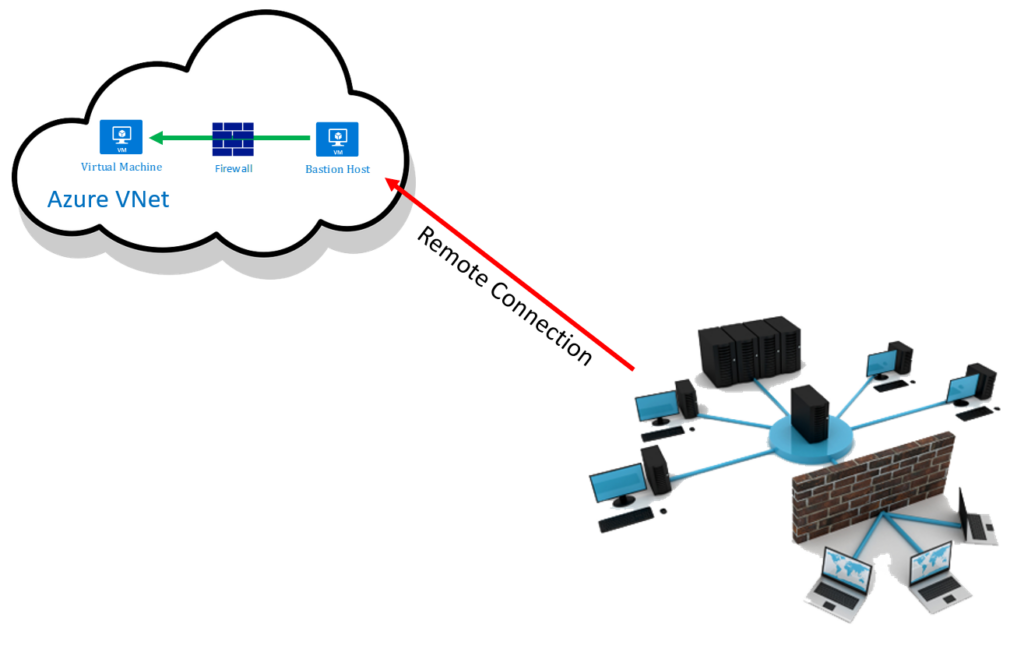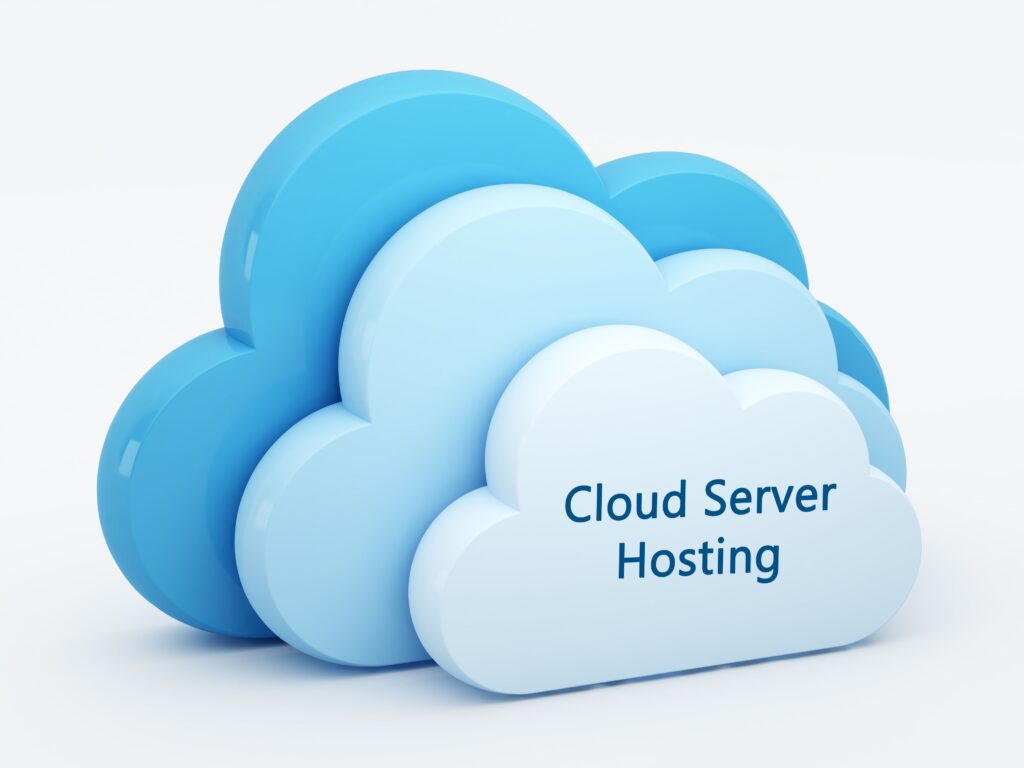Small businesses may be able to benefit the most from cloud-based IT solutions. These make setting up your business IT infrastructure faster, cheaper, and easier than you’d ever imagine. So, what is cloud-based computing exactly? How can I set it up for my business? What are its benefits? Should I consider other solutions at all? Where to choose reliable cloud services for my business needs?
If these are some of the questions you have on your mind lately, you’ve come to the right place. Here we’ll help you get things started at your small business by implementing the right cloud infrastructure for all of your IT needs.
So, without any further ado, let’s get right into it!
1. Use virtual machines instead of investing in expensive hardware

One of the best things about cloud computing is the absence of the need for dedicated servers in your office. Even though a couple of years back setting up your physical servers was the first step you’d take when building your IT infrastructure, today, things are done a bit differently. Cloud computing allows you to use remote servers for your networking needs, freeing up your office space and reducing your server maintenance expenses for good.
Besides, you’re avoiding the high upfront costs of buying the hardware, which provides you with additional financial space to start growing and developing the other aspects of your business.
2. Choose the right cloud applications
Your small business can greatly benefit from cloud-based applications, as they’re usually accessible from a wide range of devices including mobile phones. It’s perfect for managing your remote workers and freelancers, which can be a great source of fresh talent for a cheaper price. To ensure a smooth transition and reliable performance, consider professional IT Support to help you choose and implement the right cloud applications. This can ensure the systems are secure and the team is fully trained, leading to increased productivity.
The first type of application we recommend keeping your eye on is cloud-based accounting software. It will cost you far less than developing or buying dedicated solutions, and it can be as effective and useful as any other, more “traditional” means of accounting management.
Other than that, you’ll be able to scale up once your business needs start growing. Most cloud services offer different plans for different business needs, so you’ll undoubtedly find something that fits your budget and business goals extremely quickly.
3. Establish your online presence with cloud-based hosting services

Hosting services such as Namecheap now offer easy, cloud-powered hosting and domain management through a single platform. Your website has to be the pillar of your marketing strategies, no matter how small your business is. Instead of trying to set up your own hosting servers (which can be quite expensive to maintain), you’ll be using the chosen service’s resources to place your content online. This allows for increased stability, higher bandwidths, and less money spent on in-house professionals that would deal with server issues.
Make sure you choose a reliable hosting provider that offers different plans, so you can upgrade without having to migrate your entire domain to another register later on. The hardest part of this step will be choosing an appropriate domain name. If your company name is something a bit “generic”, finding the right domain for a fair price can be quite challenging. We suggest you get your best digital marketing specialists to help you build both your site and choose the right name for it.
4. Choose the right provider
There’s such a wide range of cloud computing services available, we’re certain you won’t have any problems finding the right plan for your small business. We suggest you stick with the most popular platforms and do your research before opting for a provider. Security and reliability should be your primary concern, so read up on those online reviews and seek advice from an IT professional beforehand.
You can even find services such as consoleconnect.com that help you configure your entire infrastructure in a matter of seconds, so keep an eye on those too. The world of cloud computing is extremely simple and straightforward nowadays, as the biggest providers on the market keep on working towards improving their user experience on the daily basis. So, yes, you shouldn’t have any issues with building your own cloud infrastructure.
5. File storage and access

You’ve probably used cloud storage without even knowing it: Dropbox, OneDrive, Apple Cloud, and many other “every day” cloud systems. If so, then you can probably already guess the benefits these can provide. You’re storing your data on a remote database server, which you can access from anywhere, as long as you’re connected to the internet. While some people may be concerned about privacy when storing their data on a remote server, in reality, these types of solutions only add to the security of your system. First of all, you’ll always have a backup ready if something were to happen to your physical device (the client). Loss of sensitive data can be your company’s biggest downfall, and using the cloud prevents this from ever happening.
Even though your files will now be in the cloud, this service also requires maintenance and
upkeep so as to avoid data breaches and ensure you’re properly moving
your data without incurring in losses. Cloud computing and cloud maintenance go hand in hand, so you should also be interested in cloud IT support in order to ensure this transition is as smooth as possible.
6. Get your email server up and running
Now, most hosting providers offer integrated email servers nowadays. That means you’ll be able to manage your online tasks on a single platform, which allows you to increase efficiency and productivity at your small business. Moreover, these email server solutions usually come with a low price, especially for small-scale accounts. Once your business starts to develop and grow, you’ll be able to upgrade to a faster service with more available storage, so don’t worry about the size for now.
Overall, hosting providers allow you to set your professional email addresses in a short time and for a small price, so don’t forget to grab that opportunity.
The bottom line
Setting up your cloud infrastructure has never been easier. All you need to do is find the right providers that offer features that best fit your needs and aspirations. We suggest you seek assistance from a trained IT professional who can recommend a service provider that’s perfectly compatible with your small business.
All in all, we hope our article helped you get things started, and we wish you good luck in all your future endeavors.







